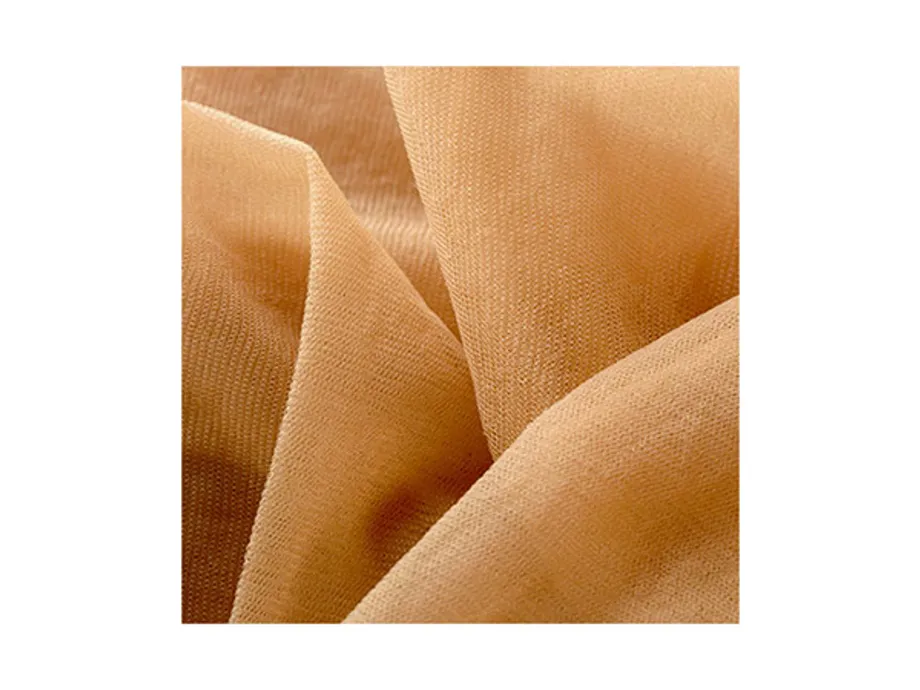Synthetic textiles
Synthetic fabrics and textiles made from man-made rather than natural fibres. Some examples of synthetic fabrics are polyester, acrylic, nylon, rayon, acetate, spandex, latex and Kevlar.
Synthetic fibres are made by the joining of monomers into polymers by the process of polymerization. Synthetic fabrics can have many different uses and qualities, some of which are not achievable with natural fibres, and they can be used to create elastic/stretchy fabrics for items such as swimwear.
Depending on the fabric other chemicals are added to make the fabric softer, wrinkle-free, flame-resistant, water-resistant, stain-resistant, and moth-repellent.
Tights
These 15 denier tights are made from 89% polyamide and 11% elastane. Nylon, an aliphatic polyamide commonly associated with being a material from which tights are made, is the generic designation for a family of synthetic polymers.
Elastane, or spandex as it is known in the US, is a synthetic fibre known for its exceptional elasticity. Denier is a unit of measurement for the linear mass density of fibres and the unit is defined as the mass in grams per 9000 metres.
The denier is based on a natural reference: a single strand of silk is approximately one denier.

